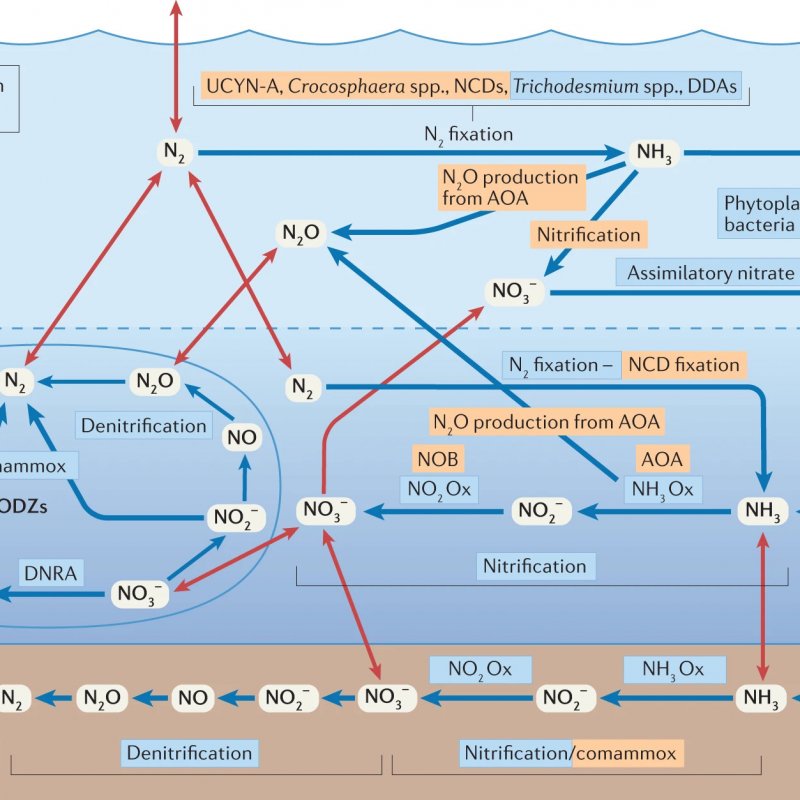![Oysters Clear The Waters But Do They Muddy The Soil]()
Oysters Clear The Waters But Do They Muddy The Soil
![Oyster water quality.php]()
Oyster water quality.php
![Oyster Restoration In The Great Bay Estuary]()
Oyster Restoration In The Great Bay Estuary
![Facing Climate Change Oyster Farmers]()
Facing Climate Change Oyster Farmers
![Opus 1 Calibration for Br]()
Opus 1 Calibration for Br
![Oysters At The Basin]()
Oysters At The Basin
![Oyster Reef Habitat]()
Oyster Reef Habitat
![Maine Oyster History]()
Maine Oyster History

oceanic marine nitrogen cycle